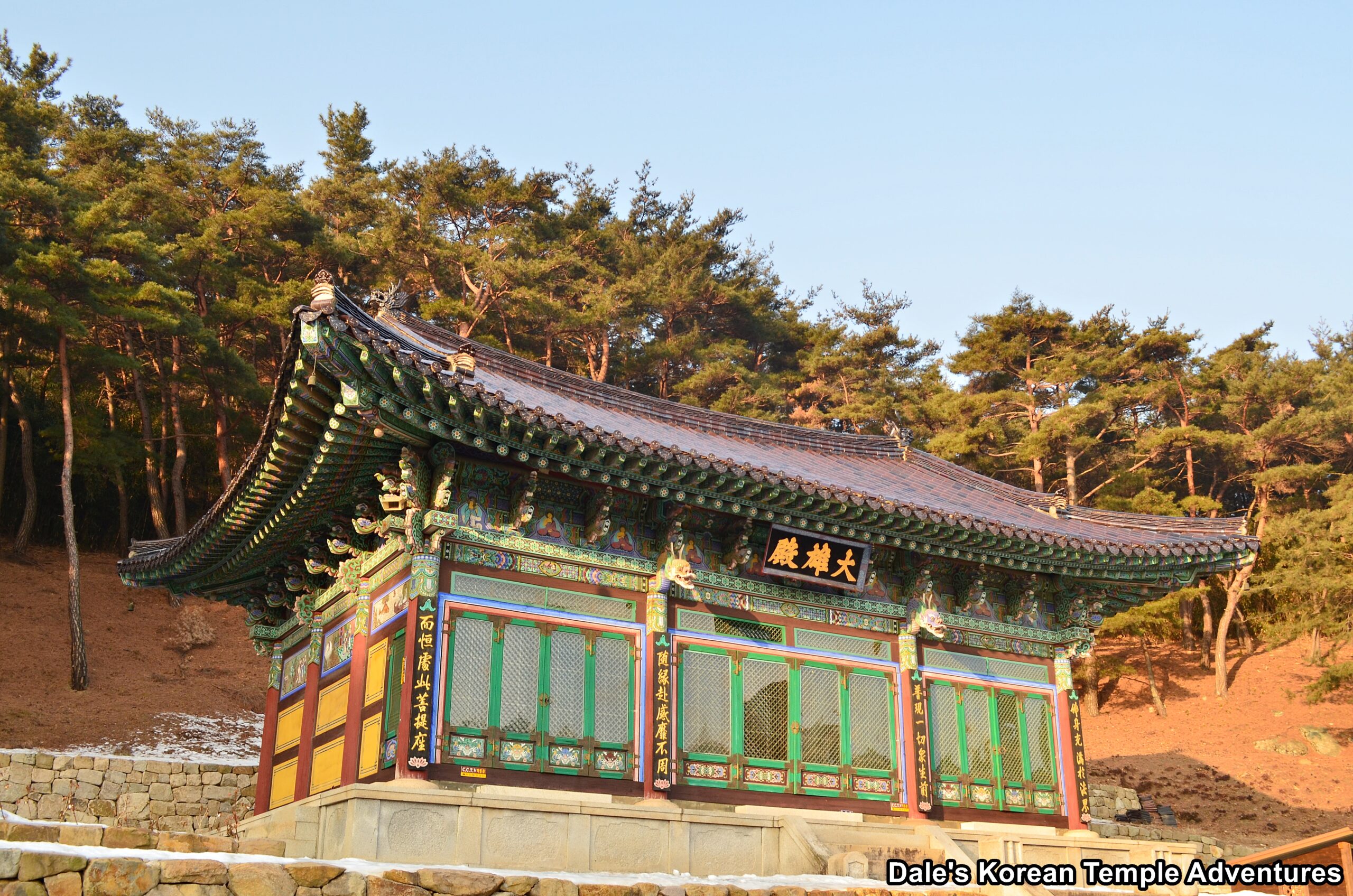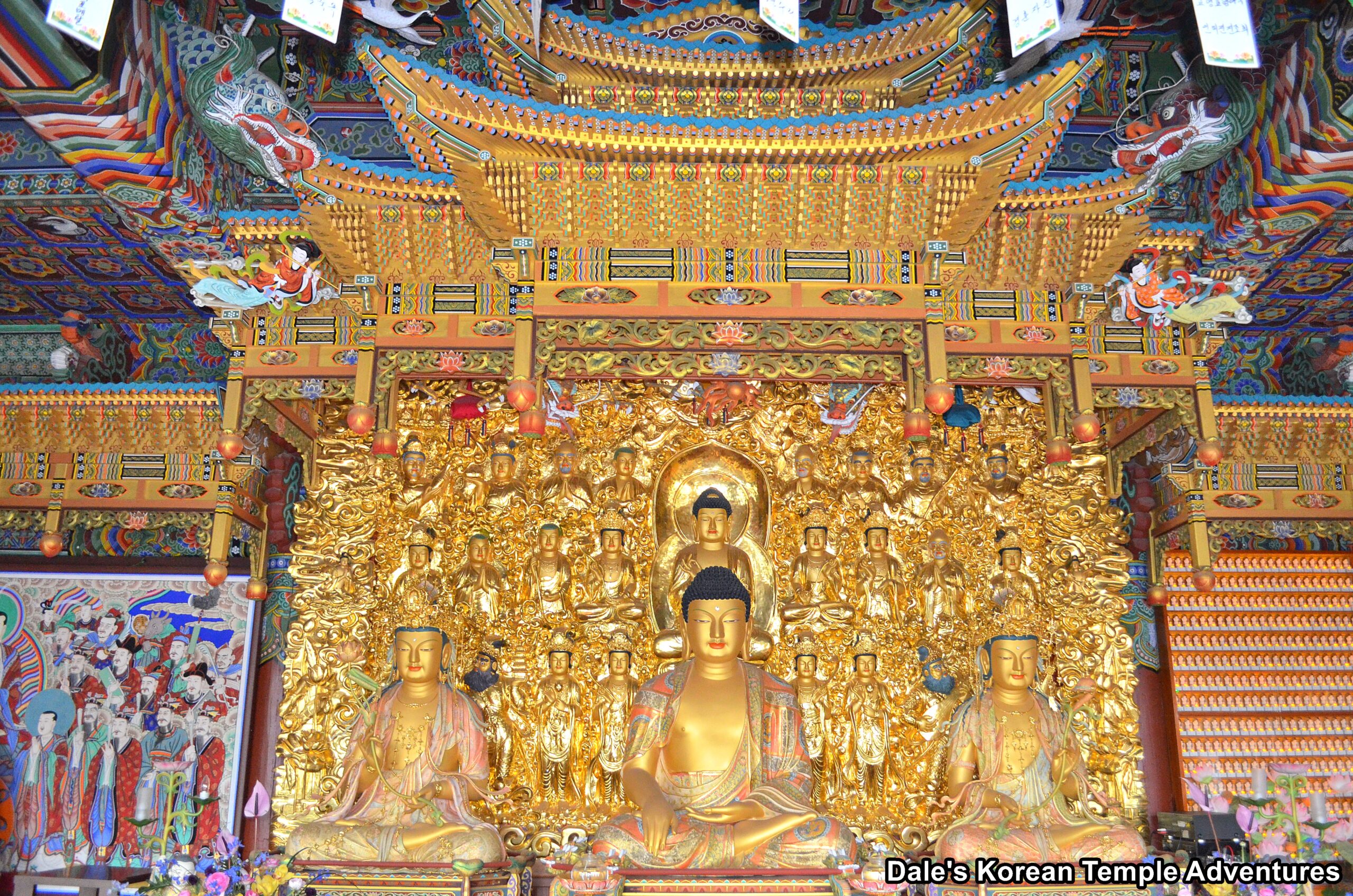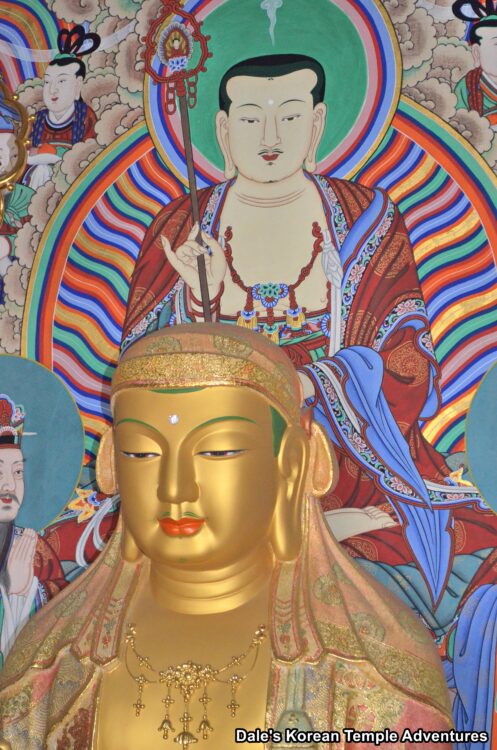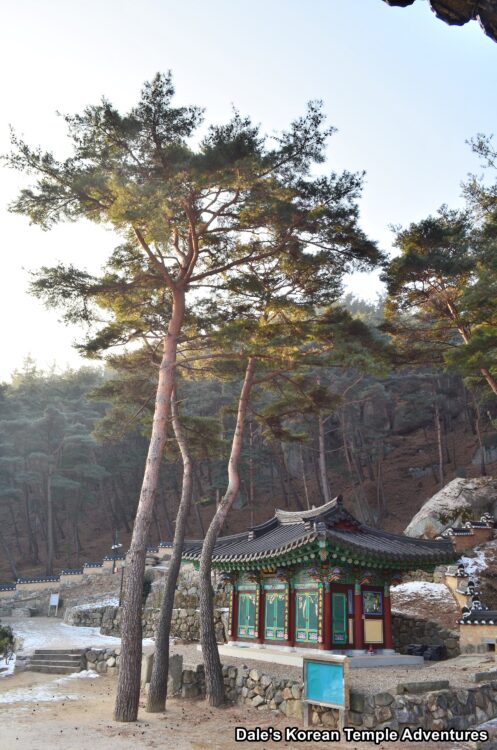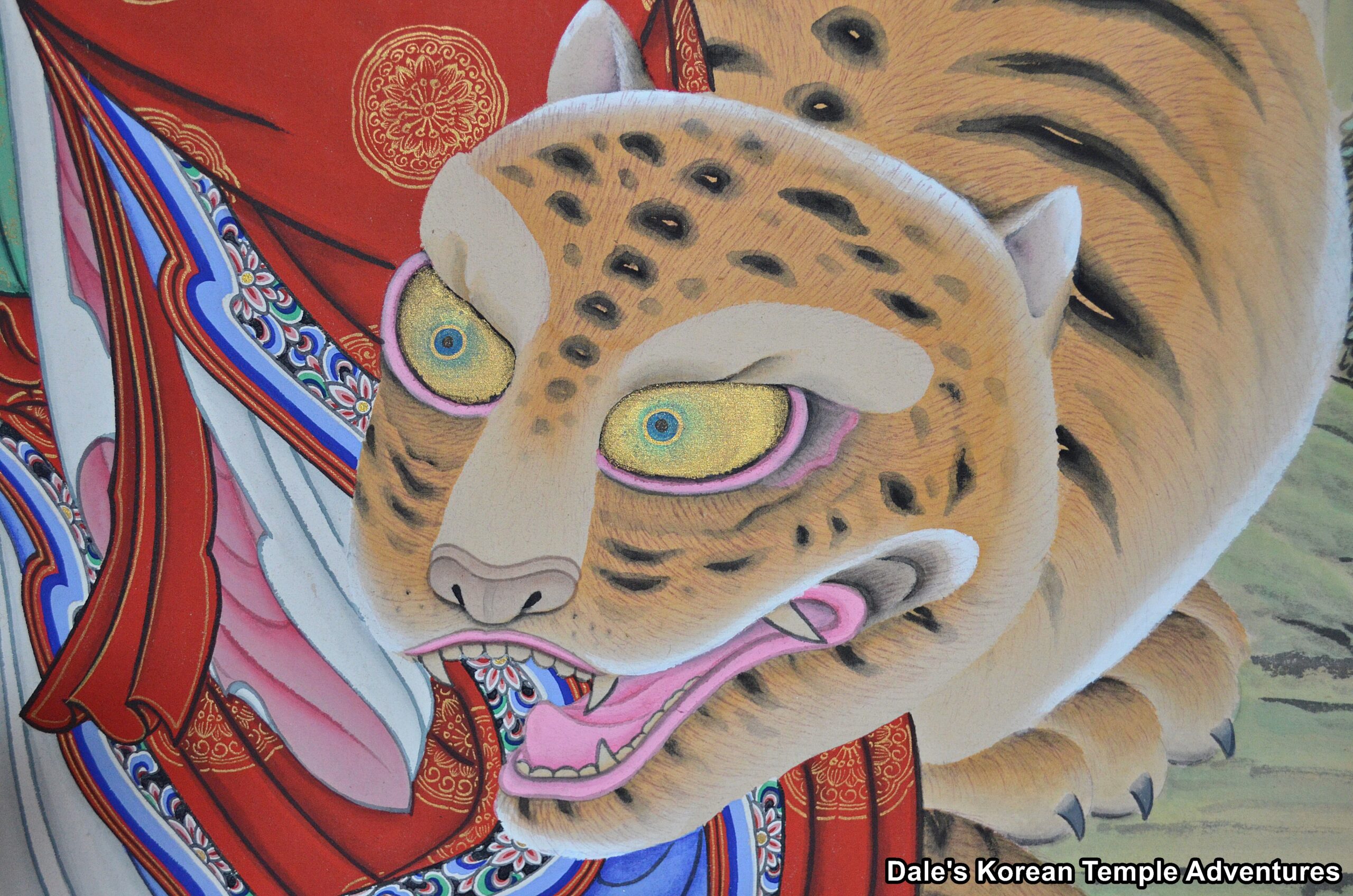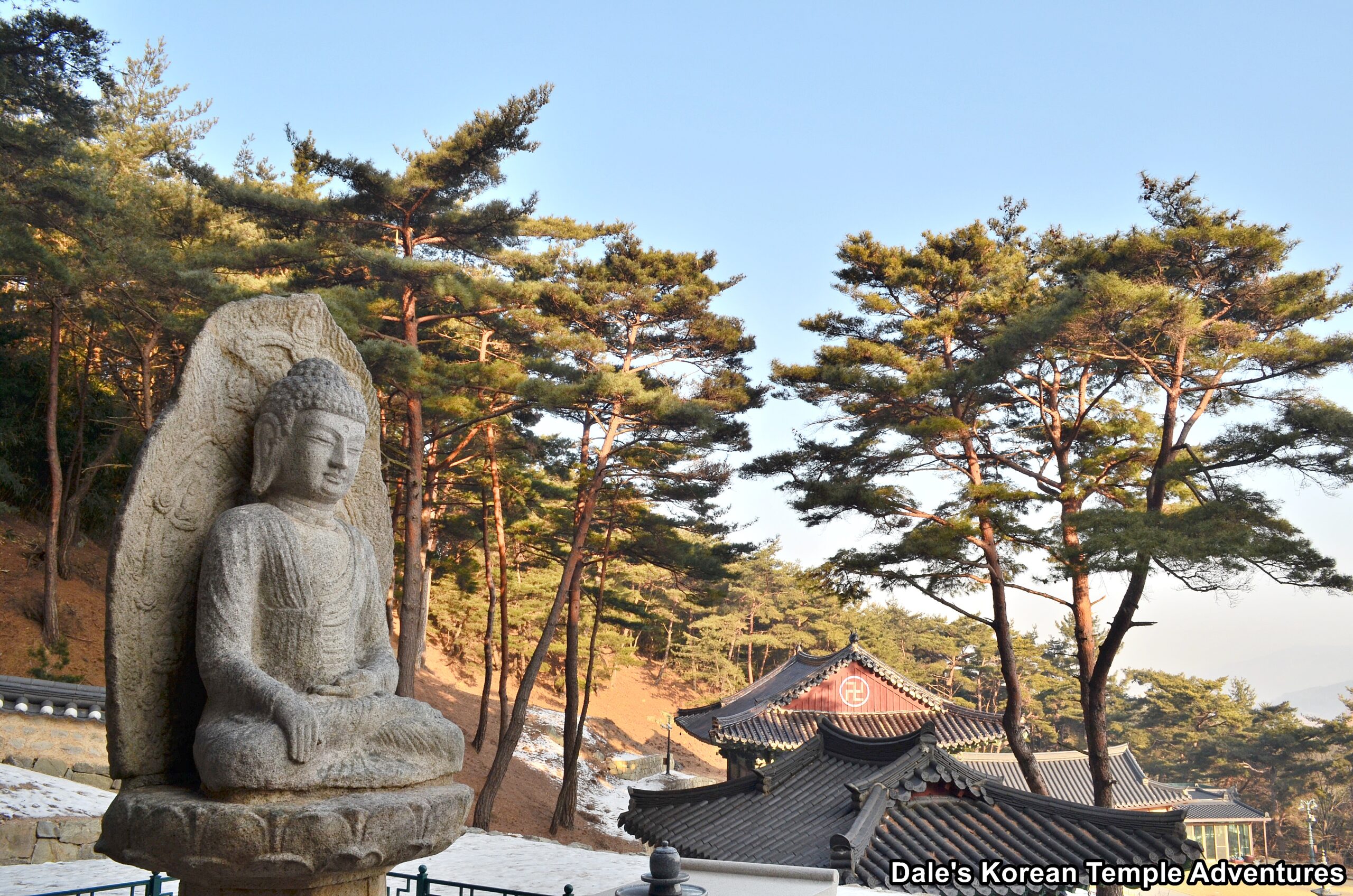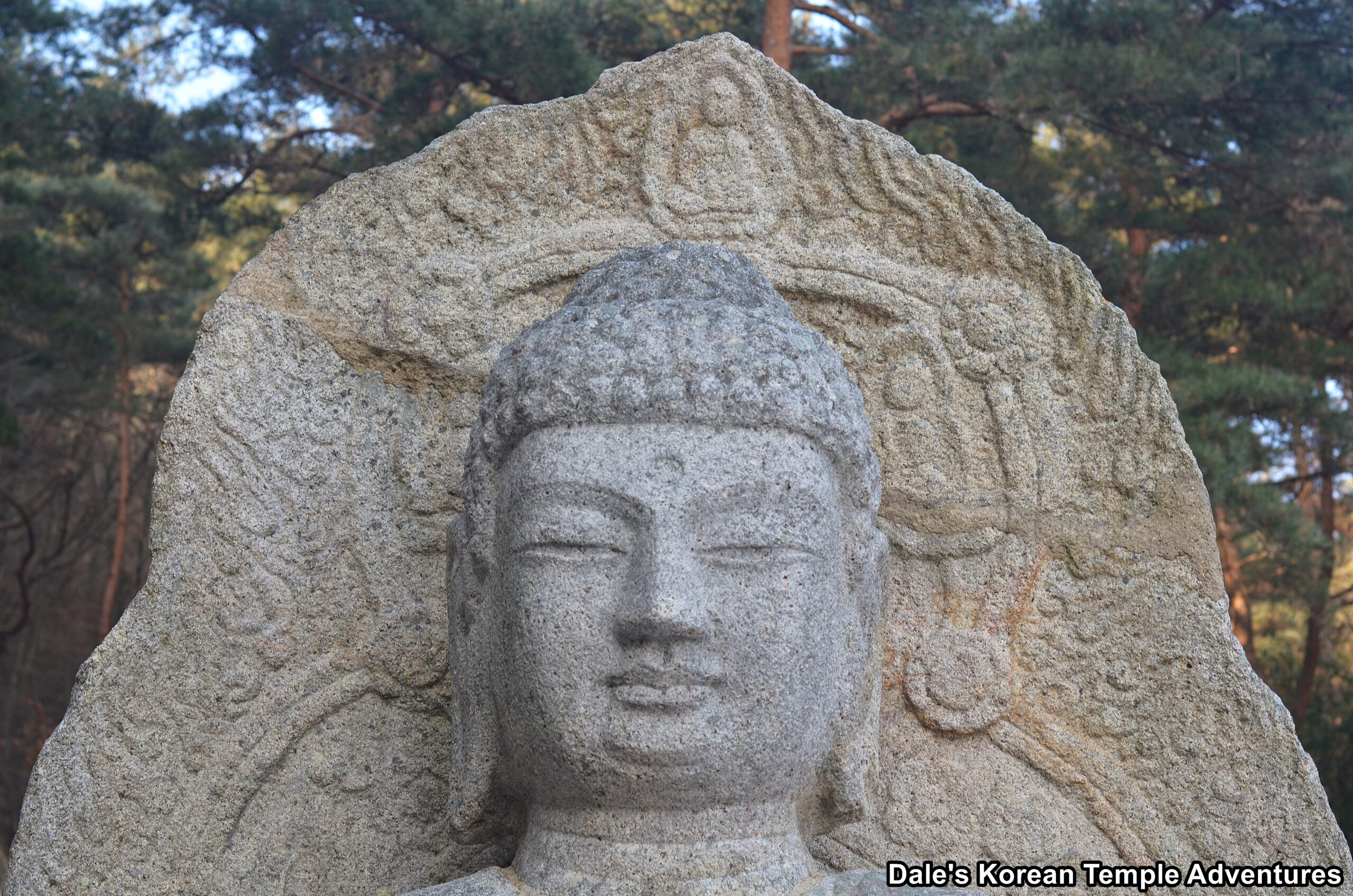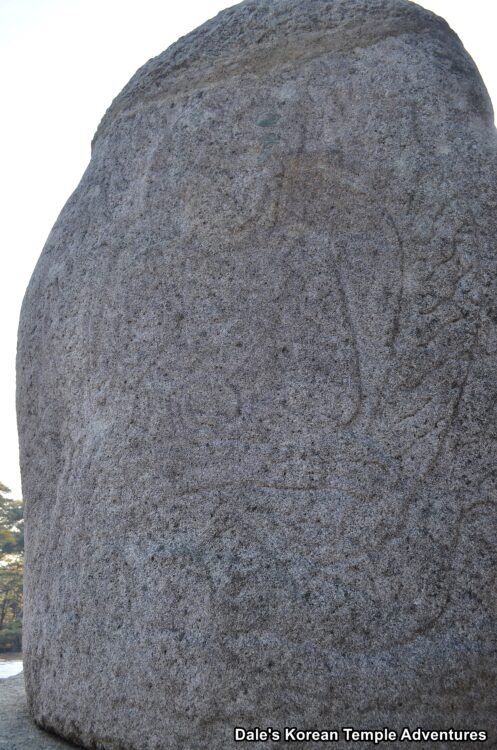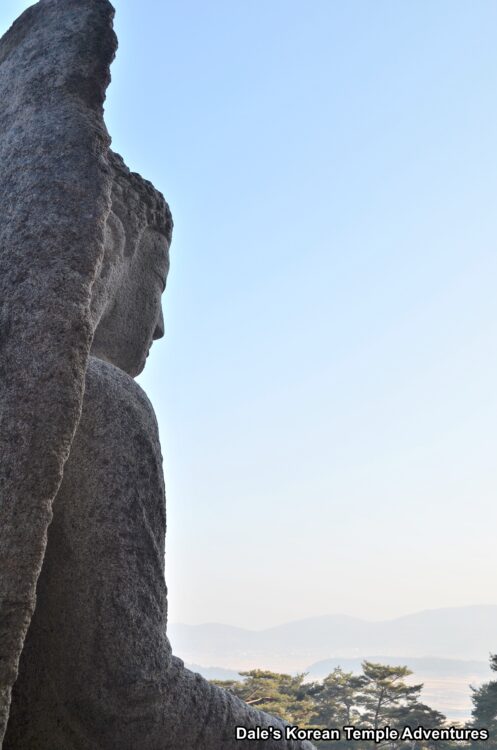Borisa Temple – 보리사 (Gyeongju)
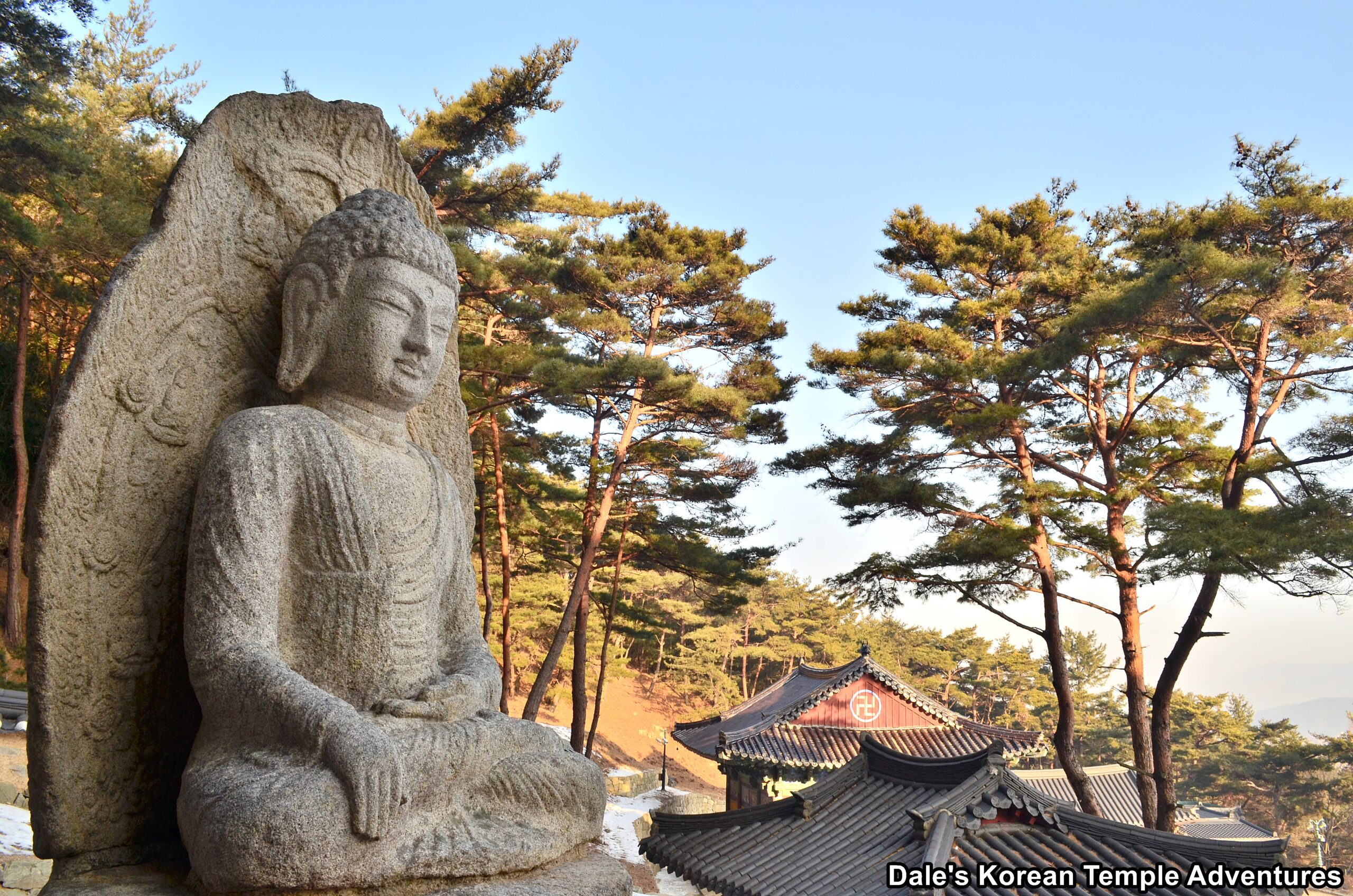
Temple History
Borisa Temple is located on the northeast side of Mt. Namsan (494 m) in the historic town of Gyeongju. The name of the temple means “Awakening Enlightenment Temple” or “Bodhi Temple” in English. It’s believed that the temple was first established in 886 A.D., during the 12th year of King Heongang of Silla’s reign (875-886 A.D.). The founder of the temple is unknown. Not only is Borisa Temple the largest Buddhist temple on Mt. Namsan, but it also falls administratively under the famed Bulguksa Temple.
In fact, Borisa Temple is mentioned in the historic Samguk Yusa (Memorabilia of the Three Kingdoms). The 13th century text discusses the location of the tombs of King Heongang of Silla and King Jeonggang of Silla (r. 886-887 A.D.) in proximity to Borisa Temple, when it states that the tombs are on the “southeast side of Borisa Temple.” This further highlights the rich and long history of the Silla-era temple.
Beyond this, unfortunately, not much of the temple history is known. And for a long time, Borisa Temple was abandoned. It isn’t until the 20th century, in 1911, that the temple was reconstructed by the monk Bak Beok-eum. And in 1932, the temple became a place for nuns under the guidance of Nam Beop-myeong. In 1980, the present Daeung-jeon Hall was constructed.
The temple is home to one Korean Treasure. It’s a bit of a head-scratcher as to why it’s not a National Treasure. It’s the Stone Seated Buddha of Mireuk-gol Valley of Namsan Mountain, Gyeongju, which is Korean Treasure #136.
Temple Layout
After passing by the Jong-ru (Bell Pavilion) that stands to your left up a side-winding road, you’ll enter the main temple courtyard at Borisa Temple. Straight ahead of you is the large Daeung-jeon Hall. The main hall is backed by a beautiful, lush forest of twisted red pines and bamboo. And the exterior walls to the Daeung-jeon Hall are adorned with colourful Palsang-do (The Eight Scenes from the Buddha’s Life Murals). As for the interior, there is a beautiful golden altar. And resting on this main altar is a triad centred by Seokgamoni-bul (The Historical Buddha). This statue is joined on either side by Munsu-bosal (The Bodhisattva of Wisdom) and Bohyeon-bosal (The Bodhisattva of Power). The triad is then backed by a beautiful golden relief and a large golden canopy overhead. And if you look closely, you’ll notice Bicheon (Flying Heavenly Deities) floating around the golden main altar. To the left of the main altar is a shrine where you’ll find a stunning statue dedicated to Jijang-bosal (The Bodhisattva of the Afterlife). Jijang-bosal is wearing a beautiful golden robe, and he’s backed by a stunning mural of himself in the company of the Siwang (The Ten Kings of the Underworld). And to the right of the main altar you’ll find a vibrant Shinjung Taenghwa (Guardian Mural).
In front of the Daeung-jeon Hall is a three-story stone pagoda. To the right of the Daeung-jeon Hall is the temple’s office and dorms. To the left of the main hall, and situated under three large, red pines, is the beautiful Samseong-gak Hall. The exterior walls are adorned with paintings of the Sinseon (Taoist Immortals) and a white tiger. As for the interior, there are three impressive murals inside of the three most popular shaman deities. In the centre hangs a mural dedicated to Chilseong (The Seven Stars). To the right hangs a mural dedicated to Dokseong (The Lonely Saint), and to the left hangs a mural dedicated to Sanshin (The Mountain Spirit). If you take a close enough look at the Sanshin mural, you’ll notice the glowing, golden eyes of the tiger that accompanies the Mountain Spirit in the mural.
Finally, and probably the main reason you’ve traveled to Borisa Temple, there’s the Stone Seated Buddha of Mireuk-gol Valley of Namsan Mountain, Gyeongju. This statue is located to the rear of the Samseong-gak Hall. The total height of the statue is 4.36 metres, with just the Buddha itself being 2.44 metres in height. The face of the Buddha smiles with half-closed eyes. And the clothes that it wears covers his shoulders and hangs down loosely. The right hand is placed on the knee, and the left is placed on the belly, which is reminiscent of the Touching the Earth mudra. The statue is backed by a beautiful nimbus that’s made separately from the statue. It’s adorned with carvings of heavenly flowers and vines. It’s unknown as to the identity of this Buddha statue. It could be Seokgamoni-bul (The Historical Buddha), Birojana-bul (The Buddha of Cosmic Energy) or Amita-bul (The Buddha of the Western Paradise). On the back side of the Nimbus, in thin lines, is an image of Yaksayeorae-bul (The Medicine Buddha, and the Buddha of the Eastern Paradise). Overall, the statue is beautifully preserved. The statue is believed to date back to Later Silla (668 – 935 A.D.), and it’s Korean Treasure #136. Again, why it’s not a National Treasure is beyond me.
How To Get There
From the Gyeongju Intercity Bus Terminal, you’ll need to take a taxi. Because the temple is relatively close to the bus terminal, the ride should only cost you about 8,000 won.
Overall Rating: 8/10
Without a doubt, the reason you’ve traveled all the way to Borisa Temple is to see the Stone Seated Buddha of Mireuk-gol Valley of Namsan Mountain, Gyeongju. It’s a beautiful example of Later Silla Buddhist artistry at its height. In addition to this Korean Treasure, you can also enjoy the ornate interior of the Daeung-jeon Hall and the golden eyed tiger painted alongside Sanshin (The Mountain Spirit). And the entire temple is surrounded by the lush mountain forest of Mt. Namsan. It’s something not to be missed.
